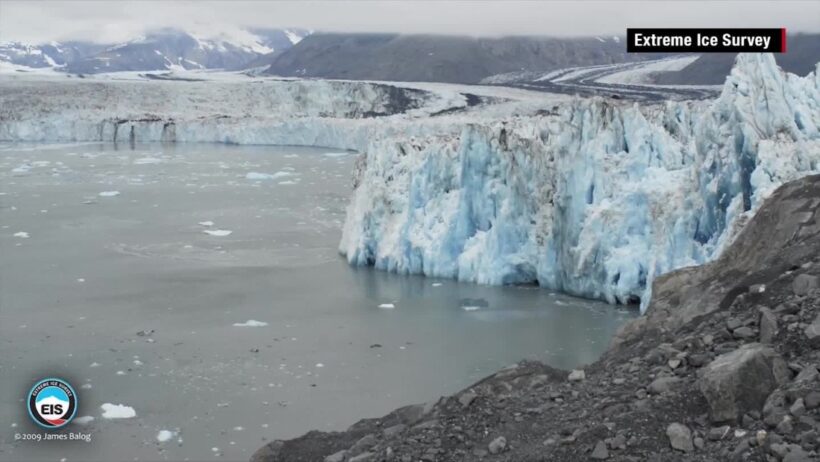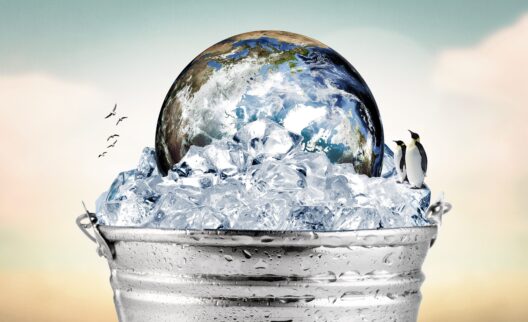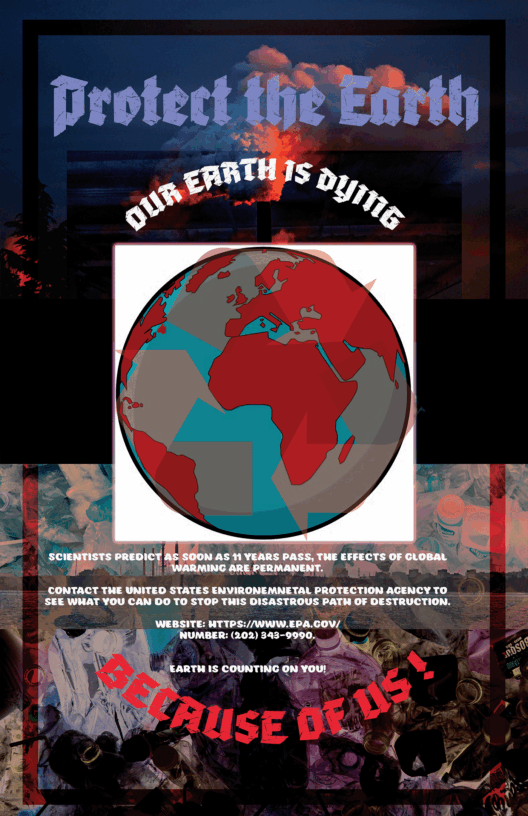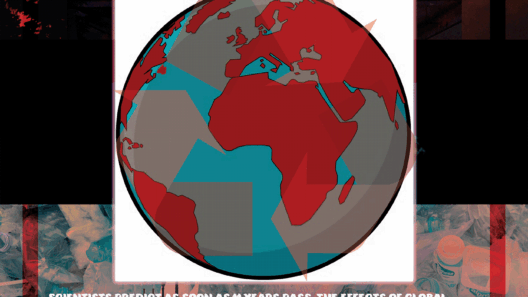Climate change has become one of the most profound challenges of our time, often draping our future in a shroud of uncertainty. The concept that global warming could paradoxically lead to a new ice age seems counterintuitive, yet scientific discourse reveals a compelling narrative that intertwines warming and cooling events in Earth’s history. This idea serves as both a cautionary tale and a profound metaphor for the delicate balance of our climate system.
To embark on this exploration, one must first grasp the mechanisms by which climate dynamics operate. The Earth’s climate is an intricate tapestry woven from various interdependent forces. Among these, atmospheric circulation patterns, ocean currents, and polar ice dynamics play crucial roles in effectively regulating global temperatures. They act as thermoregulators, ensuring that no single region becomes excessively hot or excessively cold. However, when one thread of this tapestry is tugged too hard—be it through anthropogenic emission of greenhouse gases—unintended consequences can ensue.
The warming of our planet has not been uniform. Some regions experience significant changes while others remain relatively stable. An intriguing consequence of this phenomenon is the alteration of oceanic currents. The Great Ocean Conveyor, known formally as the Atlantic Meridional Overturning Circulation (AMOC), is a critical component of climate regulation. This flow, akin to a vast river in the ocean, transports warm water from the tropics toward the polar regions, while returning cold water back to the equatorial zone deep below. It is this intricate ballet of ocean currents that nourishes various climates around the world.
As the polar ice caps continue to melt—an ongoing process exacerbated by rising global temperatures—vast amounts of freshwater enter the ocean. This influx of freshwater disrupts the salinity gradients crucial for maintaining the AMOC. The metaphor of a thermostat malfunctioning becomes apt here: instead of a controlled climate, what could emerge is a new and unpredictable climate regime. The potential weakening or collapse of the AMOC could trigger abrupt climate shifts, reminiscent of the cataclysms that marked past ice ages.
History offers sobering examples of such shifts. The Younger Dryas, a period approximately 12,900 to 11,700 years ago, provides a fascinating backdrop. Following a warming trend, the onset of the Younger Dryas caused a rapid return to glacial conditions in the Northern Hemisphere. This event is acutely linked to changes in oceanic currents and demonstrates how closely interconnected our climate systems are. Could we be staring down the barrel of a similar fate? Could the very catalyst of our current woes—global warming—morph into the architect of another ice age?
Scientists postulate that should the AMOC slow significantly, parts of North America and Europe could see a sharp drop in temperatures, akin to plunging into a frigid abyss. The winter of our discontent—that phrase could take a literal form. Regions that currently enjoy temperate climates could find themselves facing a bitter cold, with the potential for heavy snowfalls and a transformation of farmland into tundra. Ecosystems, agricultural patterns, and human habitation would all be irrevocably altered.
Such transitions evoke an image of a pendulum swinging. On one side, the scorching heat of rising temperatures; on the other, the frost-laden breath of an impending ice age. The psychological engagement with this imagery fosters a sense of urgency. Are we perilously pushing the pendulum beyond its tipping point, oblivious to the fact that our actions may usher in a chilling counterbalance?
Yet, caution is warranted. Scientific predictability in this arena remains fraught with uncertainty. Climate models are based on myriad variables, many of which still elude definitive understanding. While the possibility of a new ice age stemming from global warming exists, the timelines involved are still nebulous. It is conceivable that the consequences of our emissions may not materialize for centuries, giving way to a divergent reality in which humanity learns to adapt, innovate, and foster resilience in the face of adversity.
Ultimately, the relationship between global warming and potential ice ages highlights the fragility of our planetary systems. The earth is not merely a backdrop for human activity; it is a living entity, sensitive to the slightest nudge or shift. Like an intricate clock, each cog must function seamlessly to maintain equilibrium, lest we risk unwinding the very fabric of life as we know it.
Engaging with the paradox of global warming triggering a new ice age compels a broader reflection on our environmental responsibilities. It stirs a collective consciousness, urging individuals, communities, and nations to engage with their climate impact. The metaphor of the pendulum is a clarion call for awareness, vigilance, and proactive measures to mitigate our activities, lest we invoke a climate response that is as dramatic as it is disastrous.
In conclusion, while the prospect of a new ice age emerging from the jaws of global warming may seem unlikely, it is a possibility that demands our attention. The threads of warming and cooling, knit together by intricate climatic mechanisms, serve as a potent reminder of our interplay with nature. It is incumbent upon us as stewards of this planet to understand these dynamics, to strive for sustainability, and to nurture the delicate balance we have long taken for granted. The clock is ticking, and we must act with both urgency and foresight, ensuring that the future we build does not succumb to the chilling shadows of chaos and despair.








